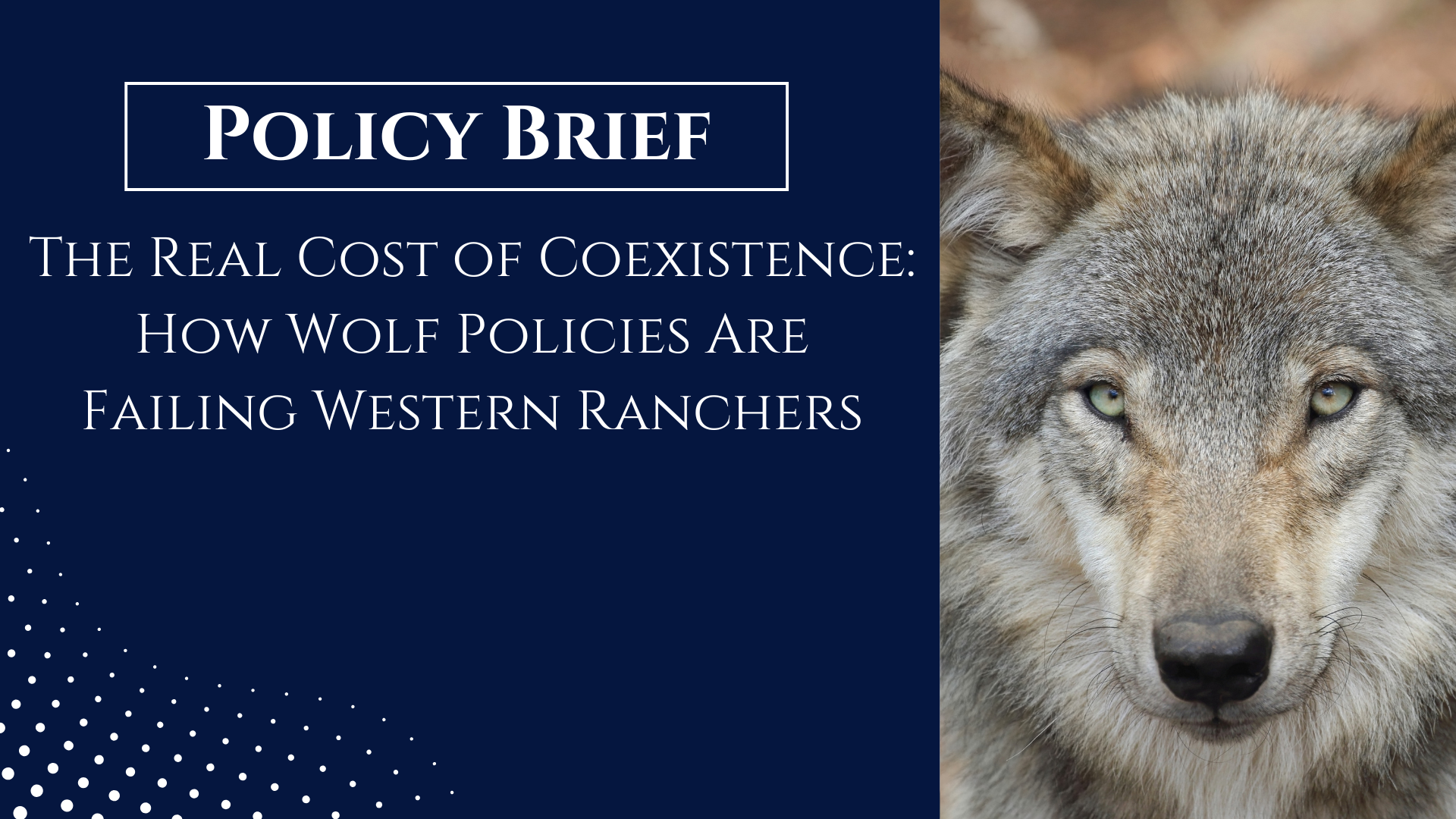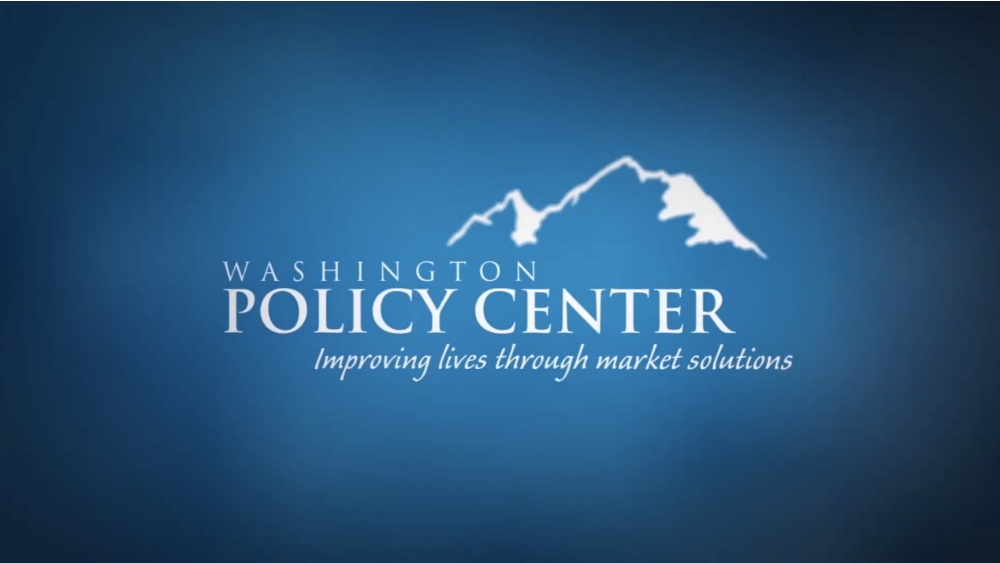Where does the money collected from Washington’s tax on CO2 emissions go?
If you listen to the beneficiaries of the spending and political supporters, they claim that virtually all of it goes to “community projects.” A look at the state’s 2025-27 operating budget, however, shows that most of the money ends up in the hands of government.
We analyzed how the state is spending the $174 million in the current biennial operating budget funded by the CO2 tax, to see how much was being used to cut CO2 emissions, fund environmental restoration and provide services to Washington residents, compared to how much was being used to fund bureaucracy and government planning.
More than 70 percent of the expenditures went to government and planning. In many cases, programs that sound good – like reducing flooding in the Nooksack River – are actually just funding more government employees, not building projects to reduce flooding.
Meanwhile, projects that are mentioned frequently, like efforts to reduce childhood asthma, represent a tiny fraction of the spending. The spending on childhood asthma accounts for just $300,000 of the $174 million – less than two-tenths of one percent of spending.
Counting more bureaucracy as a “community project” shows how climate activists and politicians now care less about producing environmental benefits than spending money on symbolic projects.
With the state already facing a projected shortfall in the current budget, the governor should immediately pause spending of funds from the Climate Commitment Act (CCA) that do not yield real-world benefits. Additionally, the governor and legislature should require CCA-funded projects meet environmental goals. Currently, there are no metrics of success for any of the spending.
The spending in the operating budget is about one-quarter of the spending from the CCA that isn’t transportation-related. We will examine spending in the projects in the capital budget and their effectiveness at a later date.
Washington state has consistently missed its CO2 targets, in part because those targets are needlessly restrictive, unscientific and arbitrary. However, Washington’s record on CO2 emissions is extremely poor also because state government and politicians waste money on projects that do little or nothing to help the planet. The current state operating budget continues that trend.
Now is the time for the governor to take action and chart a new course for the state’s climate policy – one based on science, objective metrics and results. It would be good for the people of the state of Washington, for future generations and for the planet.






